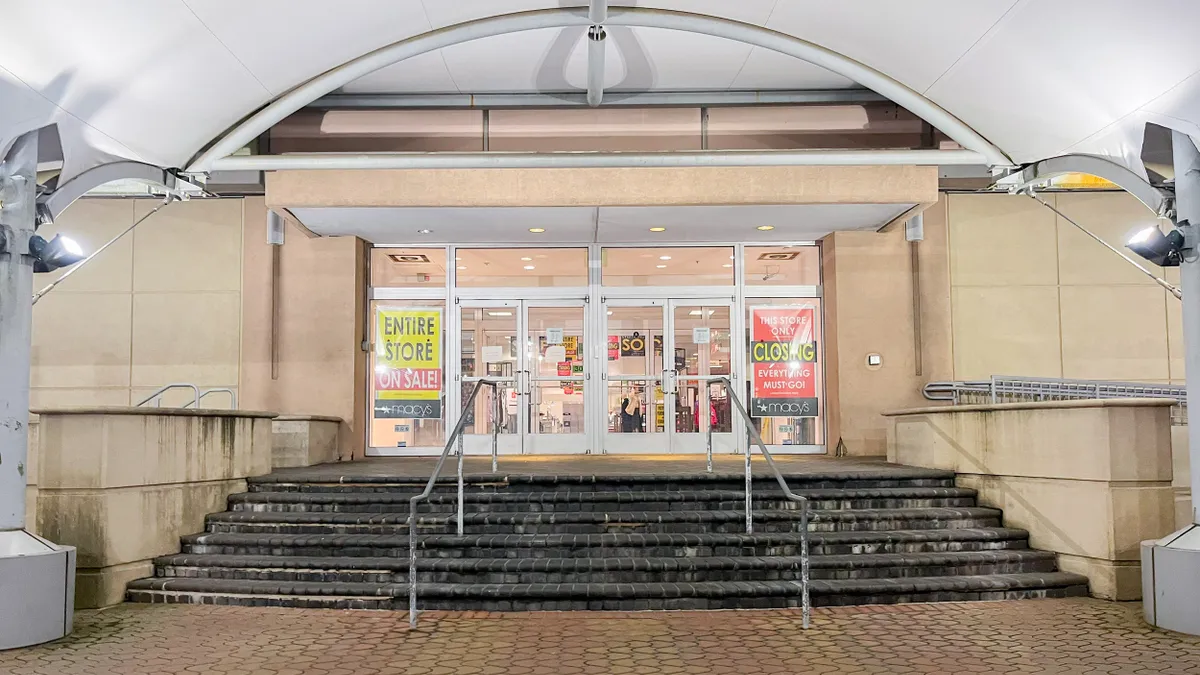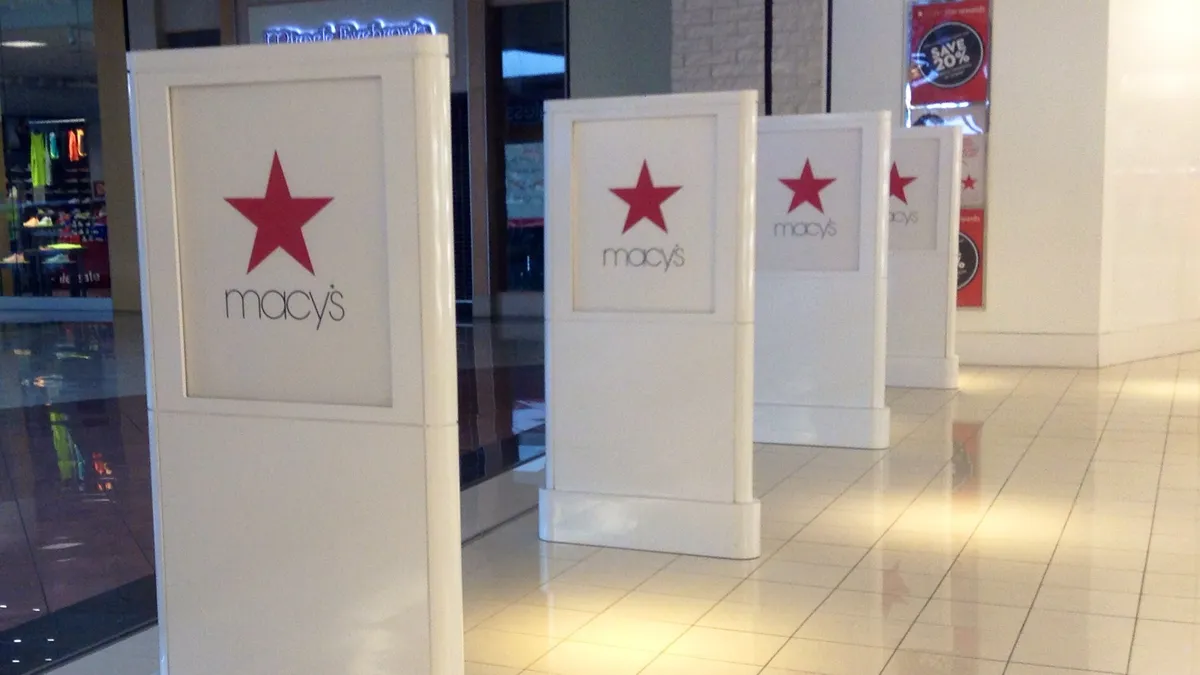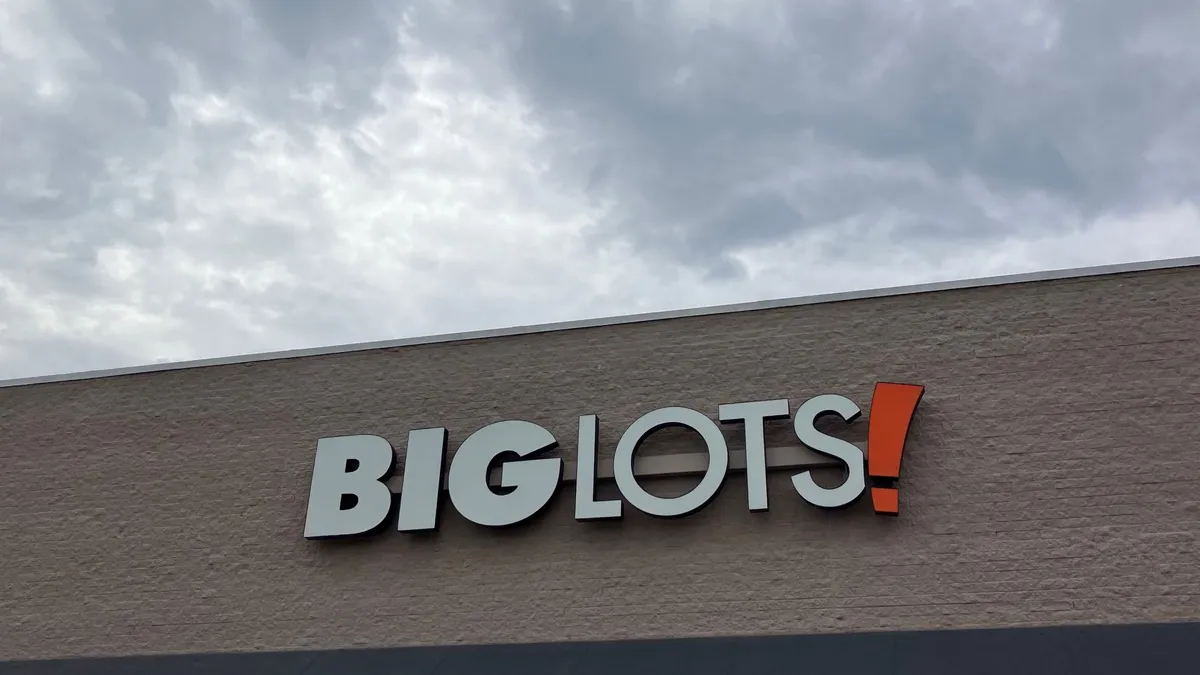Dive Brief:
-
Retail inventory “shrink” increased to $48.9 billion in 2016 from $45.2 billion in 2015, as cost-cutting measures have left retail security budgets flat or declining, according to the annual National Retail Security Survey released Thursday by the National Retail Federation and the University of Florida.
-
The thefts amounted to 1.44% of sales, up from 1.38% the prior year, according to the report. Nearly half (48.8%) of retailers surveyed reported increases in inventory shrink, while only 16.7% said it was flat. Shrink was divided into shoplifting and organized retail crime (36.5%), employee theft/internal (30%), administrative paperwork error (21.3%) and vendor fraud or error (5.4%).
-
For the first time in the survey's history, retailers were asked about return fraud, reporting an average loss of $1,766.27, according to the report. The survey, a project of Richard Hollinger of the University of Florida and NRF and sponsored by The Retail Equation, consisted of 83 loss prevention executives from a variety of retail sectors and was conducted between March 29 and May 1.
Dive Insight:
Beset by a challenging and competitive environment that has shoppers hunting for low prices and spending on experiences over commodities, retailers appear to be letting their attention wander somewhat when it comes to theft.
Shoplifters often take things that are easy to grab, easy to hide, and that sell well on the street or on marketplaces like eBay. Among the most popular items to lift are apparel and accessories, mobile phones and phone accessories, power tools, wine and beauty products, research shows.
Shoplifting accounted for the greatest losses hitting retailers last year, with an average loss of $798.48 per incident, up from $377 in the prior year. Employee theft is also growing at a rapid clip — rising on average by $689.03 per incident from 2015 to 2016. Overall, however, the study found that the average cost of retail robberies is dropping — falling to $5,309.72 from $8,170.17 in 2015, but that number is still more than double the average cost seen in 2014.
Part of the increase came from new policies in some states that raised the threshold for crimes to be considered a felony, according to the report, so that only larger thefts are reported. But the rise also comes from smaller budgets for loss prevention, leaving retailers with fewer security professionals to fight the thefts.
“Retailers are proactive in combating criminal activity in their stores but acknowledge that they still have a lot of work left to do,” NRF Vice President of Loss Prevention Bob Moraca said in a statement. “The job is made much more difficult when loss prevention experts can’t get the money they need to beef up their staffs and resources. Retail executives need to realize that money spent on preventing losses is money that improves the bottom line.”
The robberies mean higher costs to consumers or thin margins when retailers aren’t able to boost prices because of stiff competition.
“The seriousness of retail theft is much greater than most customers realize,” said Hollinger, a veteran University of Florida criminology professor and the lead author of the report. “When criminals steal from retailers, consumers pay higher prices, the safety of innocent employees can be compromised and shoppers looking for popular merchandise often cannot find it. Retailers need to continue to invest in new technologies to prevent and prosecute these crimes.”












